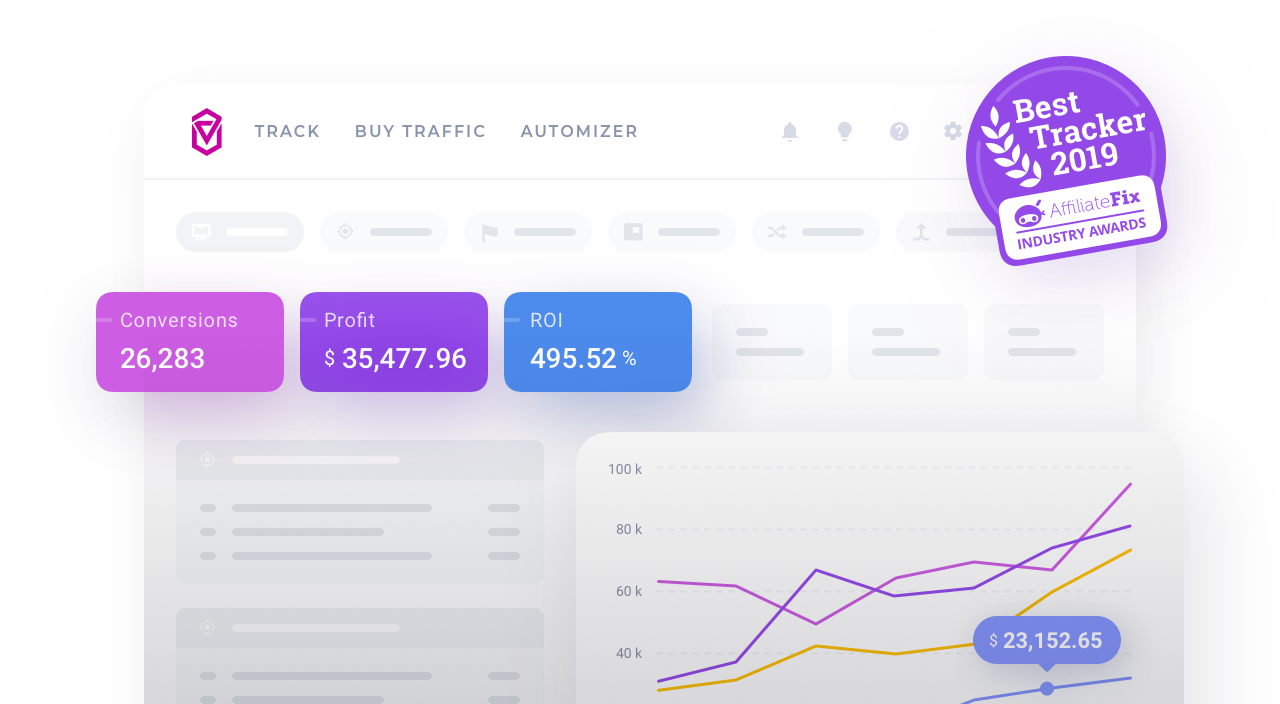Google Ads (Search, Display or YouTube Ads) Template Integration

The following set of articles refers to setting up tracking for ads displayed across various Google properties, such as the search engine, YouTube, or the Google Display Network.
Voluum Note: Consider that Google may change its policies or software solutions without any notice, so we recommend to keep up to date with their announcements to keep your campaigns going.
Prerequisites
Before you start, you need:
- An active Voluum account
- An offer and a landing page.
- An active Google Ads account with correct payment details provided.
Methods of Tracking
Voluum offers two methods of tracking visitors: a direct one and a redirect one. However, with the introduction of parallel tracking, the direct tracking method is a recommended one, as it will work in most scenarios. If you still want to use the redirect method of tracking, consider that certain browser settings and policies may prevent your campaign funnel from working.
The following set of articles describes the direct method of tracking.
I. Create a Campaign in Voluum
Create a campaign to generate a direct tracking URL that you will use for tracking in Google Ads.
- Add an offer.
- (Optionally) Add a lander.
- Add a Google Ads traffic source from a template.

- Start creating Voluum campaign.
- Fill the required campaign details, select the Google Ads traffic source, and an offer and lander. Note that a direct tracking method is selected by default. Save your campaign.

- Copy both the direct tracking URL and a direct tracking script to the clipboard.

- Add a direct tracking script to your page.
II. Create a Campaign in Google Ads
- In Google Ads, start creating a new campaign.
- Fill in the required details about your business. Provide a link to your page without any tracking parameters added.
- When setting up URL options, paste only the tracking parameters after the
?character.
You can set URL options on account, campaign, and ad levels. - Set up other options and save your campaign. Each time a visitor clicks your ad, they will be directed to your landing page with Voluum's tracking parameters being passed. On a landing page, the direct tracking script will launch and send an HTTP request to Voluum with information about a visit and other information passed from Google.
III. Pass Conversions Back to Google
The following step is optional and should be performed only if you wish to pass information about conversions that have occurred back to Google. This can be done via the Automizer feature. It uses API integration to reliably pass conversion information to Google.
To learn more, go to the Google Ads Integration article.
Handling GBRAID and WBRAID values when GCLID value is not available
Google uses GCLID value as its click identifier. On some occasions, this value may not be available. This may occur when an ad from Google Ads is viewed on some iOS 14.5 and up devices that have opted out of tracking. In such cases, Google passes either one of two values: GBRAID or WBRAID.
For that occasion, Voluums allows its users to pass not only external ID but also External ID type values either in a postback URL or during Conversion upload. You can use the External ID type value to specify if the value passed as External ID is WBRAID or GBRAID.
Parameter names:
exid- this is the parameter name used for passing External ID valueexidt- this is the parameter name used for passing External ID type (either WBRAID or GBRAID)
Voluum tokens:
{externalid}- passes external ID{externalidparameter}- passes the type of external ID
Back to top


